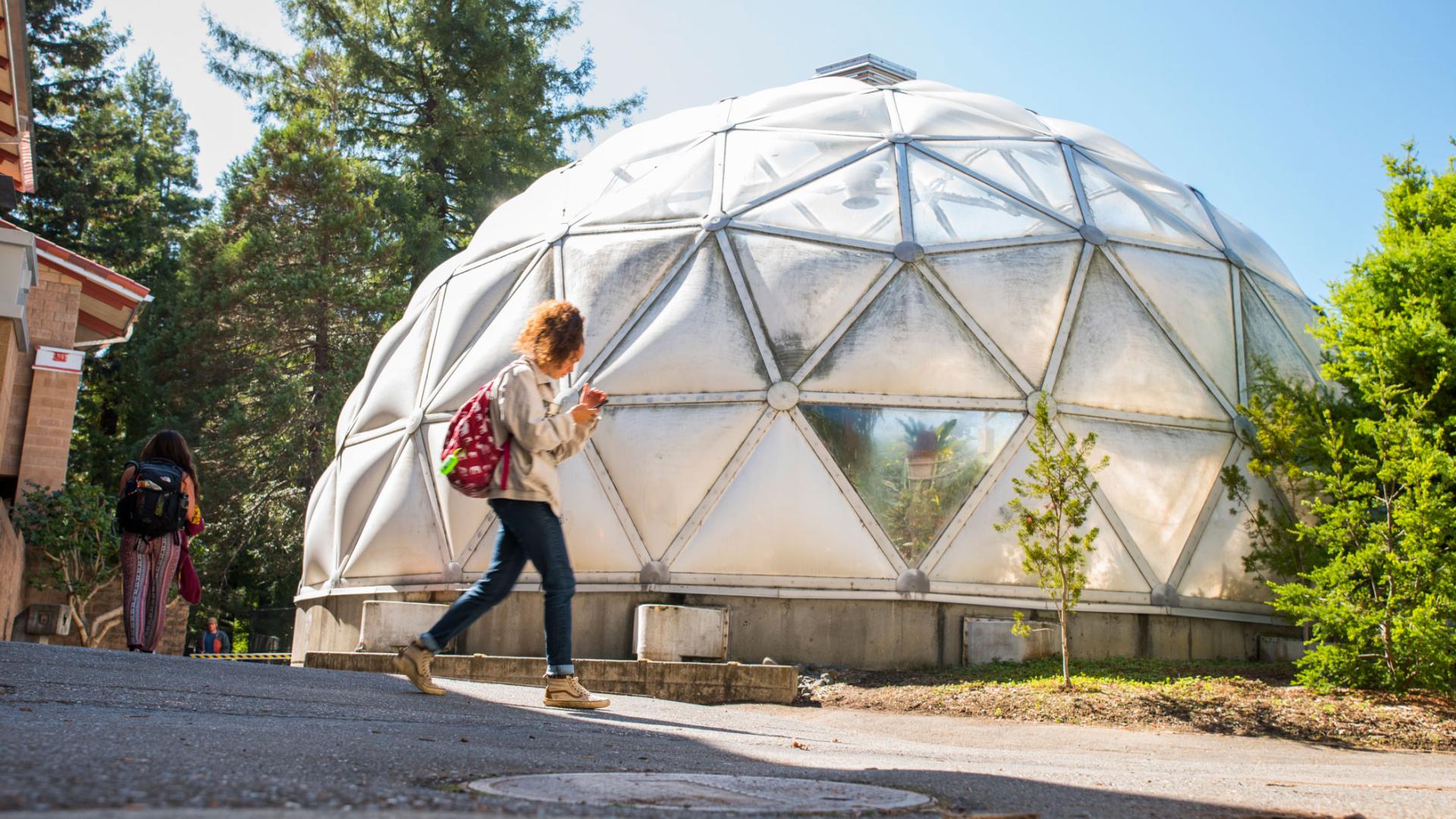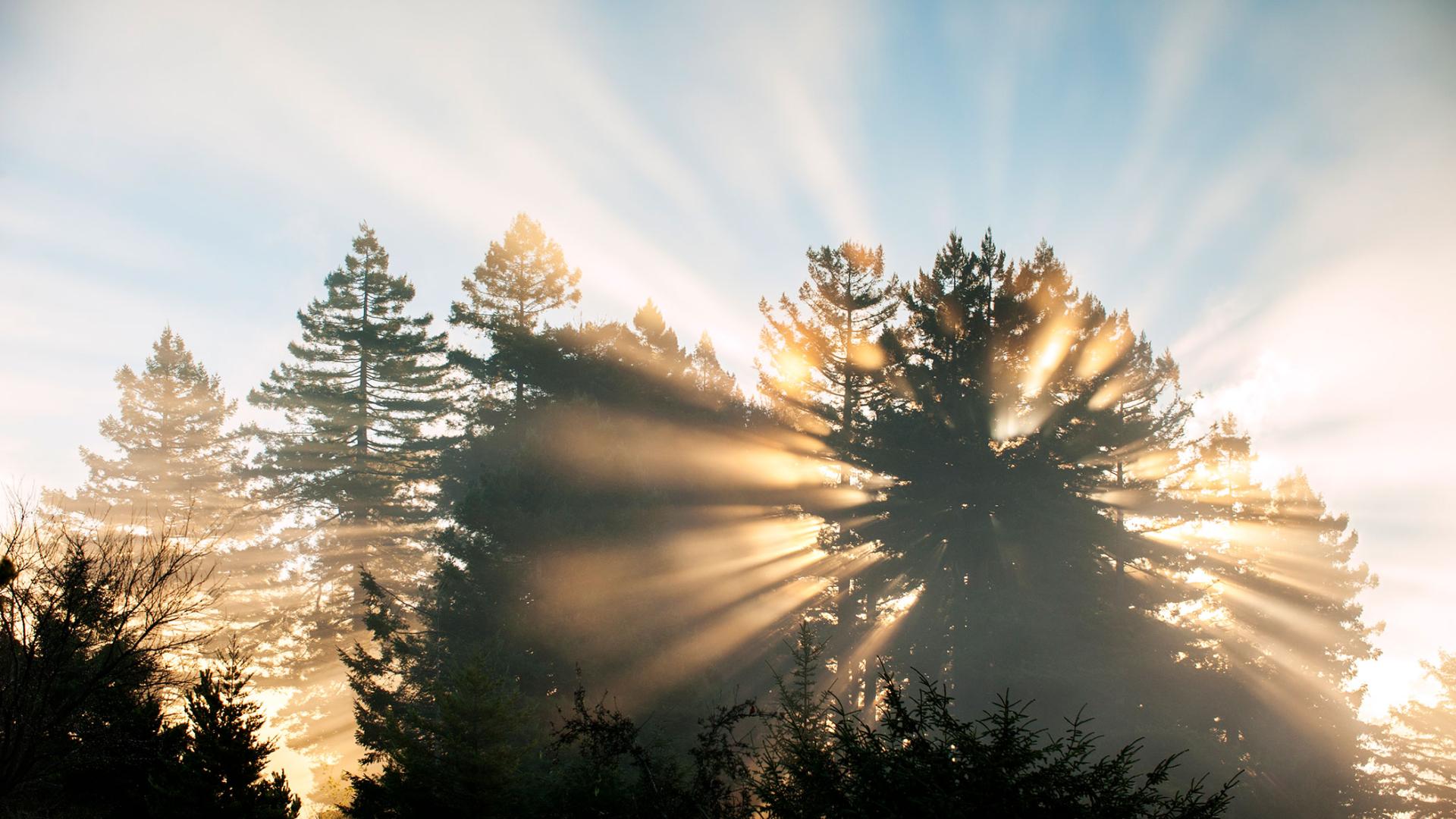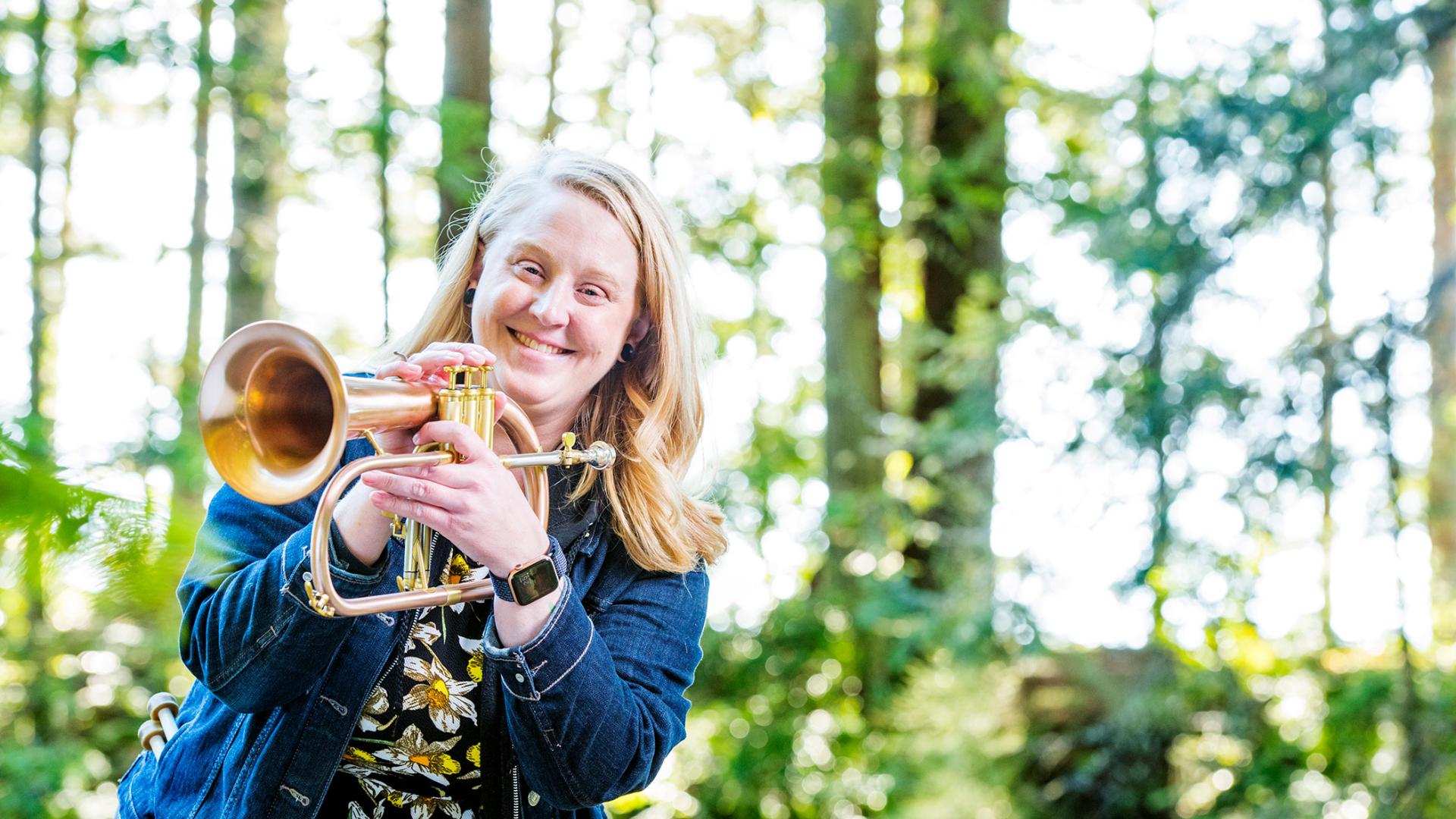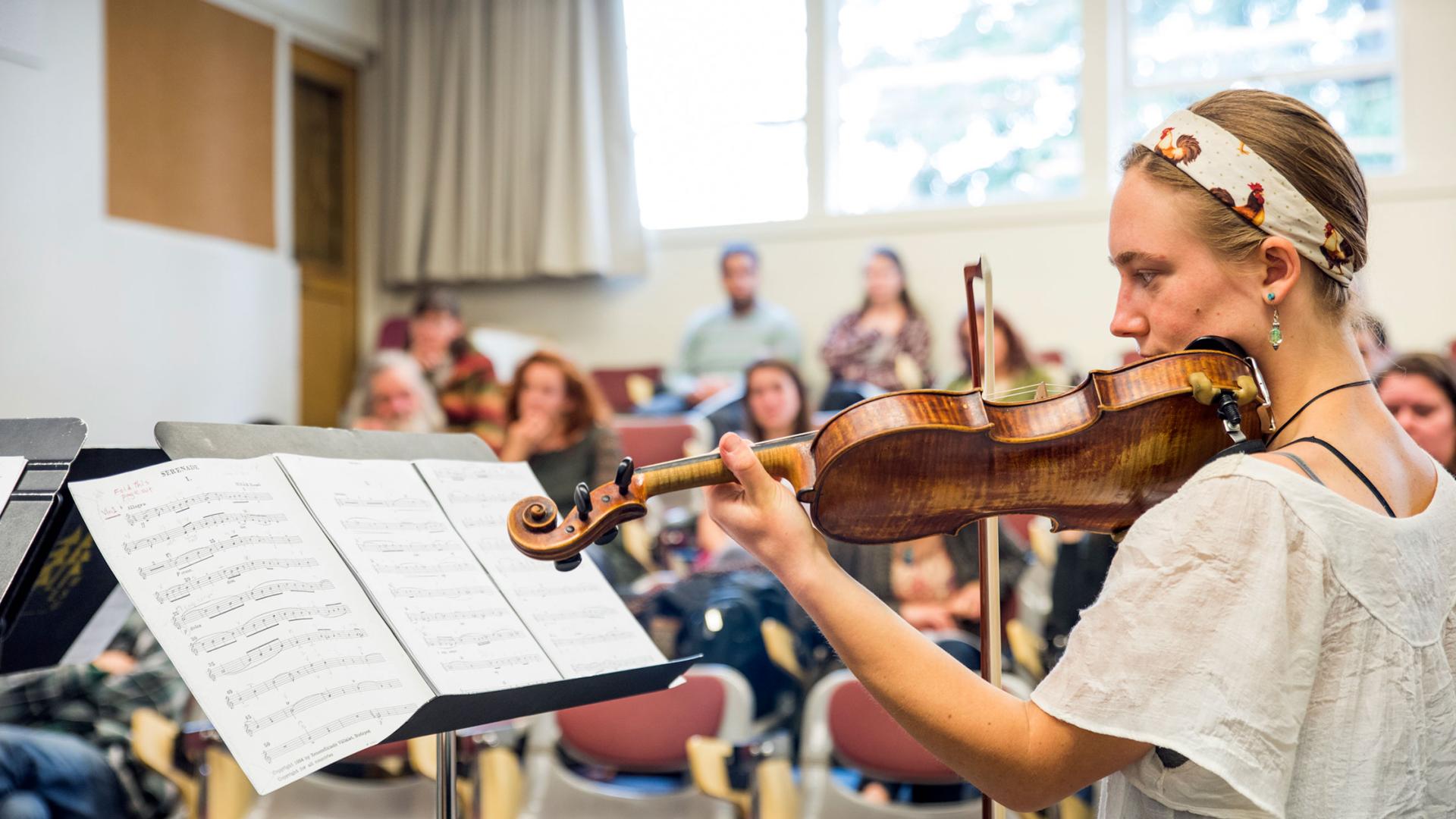Breadcrumb
Community Opportunities
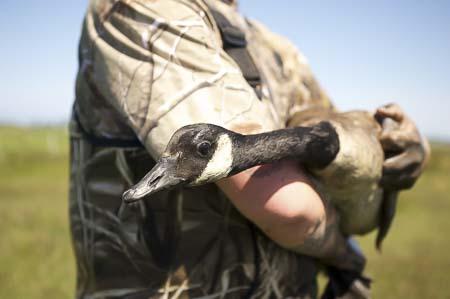
Wildlife Students at Cal Poly Humboldt have an unparalleled opportunity to receive hands-on ornithological experience.
Governmental, non-profit, academic, private, and tribal organizations regularly work with Wildlife students to conduct many bird-related activities including scientific research, conservation and management action, and community outreach. Here you will find a list of local organizations that actively work with Wildlife students.
Governmental
Arcata Marsh & Wildlife Sanctuary. The sanctuary is 307 acres, including freshwater marshes, salt marsh, tidal sloughs, grassy uplands, mudflats, brackish marsh, approximately 5 miles of walking and biking paths and an Interpretive Center.
Bureau of Land Management (BLM). The BLM manages approximately 200,000 acres of land in northwestern California including Trinidad Head, Headwaters Forest Reserve, Samoa Dunes, Ma-le'l Dunes, Southern Humboldt Bay Beaches, Lost Coast Headlands and the Kings Range National Conservation Area.
Humboldt Bay National Wildlife Refuge. This 4,000 acre wildlife refuge is comprised of Salmon Creek, Castle Rock, and Lanphere Dunes Units. The complex relies on a team of permanent, seasonal, intern and volunteer staff to manage the refuge for protected species of wildlife as well as public activities.
USDA Forest Service (USFS). The research branch of the USFS hosts an active wildlife research program through the Redwood Sciences Laboratory in Arcata. The land management branch maintains the 957,590 acre Six Rivers National Forest which spans four counties: Del Norte, Humboldt, Trinity and Siskiyou.
US Fish and Wildlife Service (USFWS). In addition to the Humboldt Bay National Wildlife Refuge (see above), the USFWS hosts an office in Arcata.
Tribal
Hoopa Tribe. Located in the Hoopa Valley, the Hoopa tribe have an active wildlife and forestry program that is taking part in cutting edge Spotted Owl conservation experiments.
Karuk Tribe. Tribal headquarters are located in Orleans, CA, where the tribe partners with various agencies and organizations to manage resources culturally important to the Tribe.
Wiyot Tribe. Comprised of aboriginal people of Humboldt Bay, Mad River, and lower Eel River with an active Natural Resources Department focused on managing and protecting those resources important to the tribe.
Yurok Tribe. California’s largest federally recognized tribe with an active wildlife, fisheries, and forestry program. The Yurok tribe’s wildlife program is spearheading an initiative to restore California Condors in the northern part of their historic range in California.
Private
Green Diamond Resource Company. Fifth-generation, family-owned forest products company with a robust wildlife management department. Green Diamond regularly hosts Humboldt Wildlife courses to observe how natural resource companies manage working landscapes for protected species of wildlife. Green Diamond often hires Humboldt Wildlife students and alumni as seasonal and permanent biologists.
Humboldt Redwood Company. Stated objective includes combining a high-standard of environmental stewardship with a successful business model. Humboldt Redwood company regularly hosts Humboldt wildlife courses on their property as well as hire Humboldt Wildlife students and alumni as seasonal and permanent biologists.
Nonprofit
Friends of the Arcata Marsh (FOAM). FOAM’s stated goal is to stimulate understanding of the Arcata Marsh and Wildlife Sanctuary through their interpretive center, public walks, docent trainings, children programs, and community events.
Friends of the Dunes. Friends of the Dunes is an organization dedicated to conserving the natural diversity of coastal environments in Humboldt County. The organization accomplishes their objectives through educational programs, public walks, community events, and restoration programs.
Humboldt Bay Bird Observatory (HBBO). Bird banding station focused on monitoring landbird and owl populations. Many Humboldt Wildlife graduate and undergraduate students have received basic-to-advanced bird banding training at HBBO since 1982.
Institute for wildlife studies.The Institute’s stated objective is to gather information necessary to maintain biodiversity and viable populations of all species, and enhance our understanding of the animals with which we share our world. The Institute conducts conservation science on multiple taxa in California and beyond.
Integral Ecology Research Center (IERC). The Integral Ecology Research Center is a non-profit dedicated to the research and conservation of wildlife and their ecosystems. IERC is involved with a diversity of ecological research projects but has been a leader in assessing the impact of rodenticide application associated with marijuana grows on wildlife.
Klamath Bird Observatory (KBO). The observatory achieves bird conservation in the Pacific Northwest and throughout the migratory ranges of the birds of northern California and southern Oregon through the development of decision support-tools and award winning science. KBO’s diverse conservation and science program coordinates long-term bird monitoring, and the use of bird assemblages as restoration tools in oak and riparian woodlands.
Northcoast Environmental Center (NEC). Information and advocacy organization whose mission is to “promote an understanding of relations between people and the biosphere and to conserve, protect, and celebrate terrestrial, aquatic, and marine ecosystems of northern California and southern Oregon.” Publisher of EcoNews, one of the longest running bioregional environmental papers in the country.
Point Blue Conservation Science. Works with numerous partnerships to implement climate-smart conservation strategies. Within the organization is Point Reyes Bird Observatory which coordinates long-term bird monitoring in western Marin County and the Farallon Islands – both flagship bird banding stations within the Western USA.
Redwood Region Audubon Society. Our local chapter of the Audubon Society with an objective to promote a wise, balanced, responsible, and ethical use of natural systems on a local, national, and global scale; and protect the biotic and abiotic components of local, national, and global natural systems. The organization has active fields trip, monthly talks, and conservation science programs.


